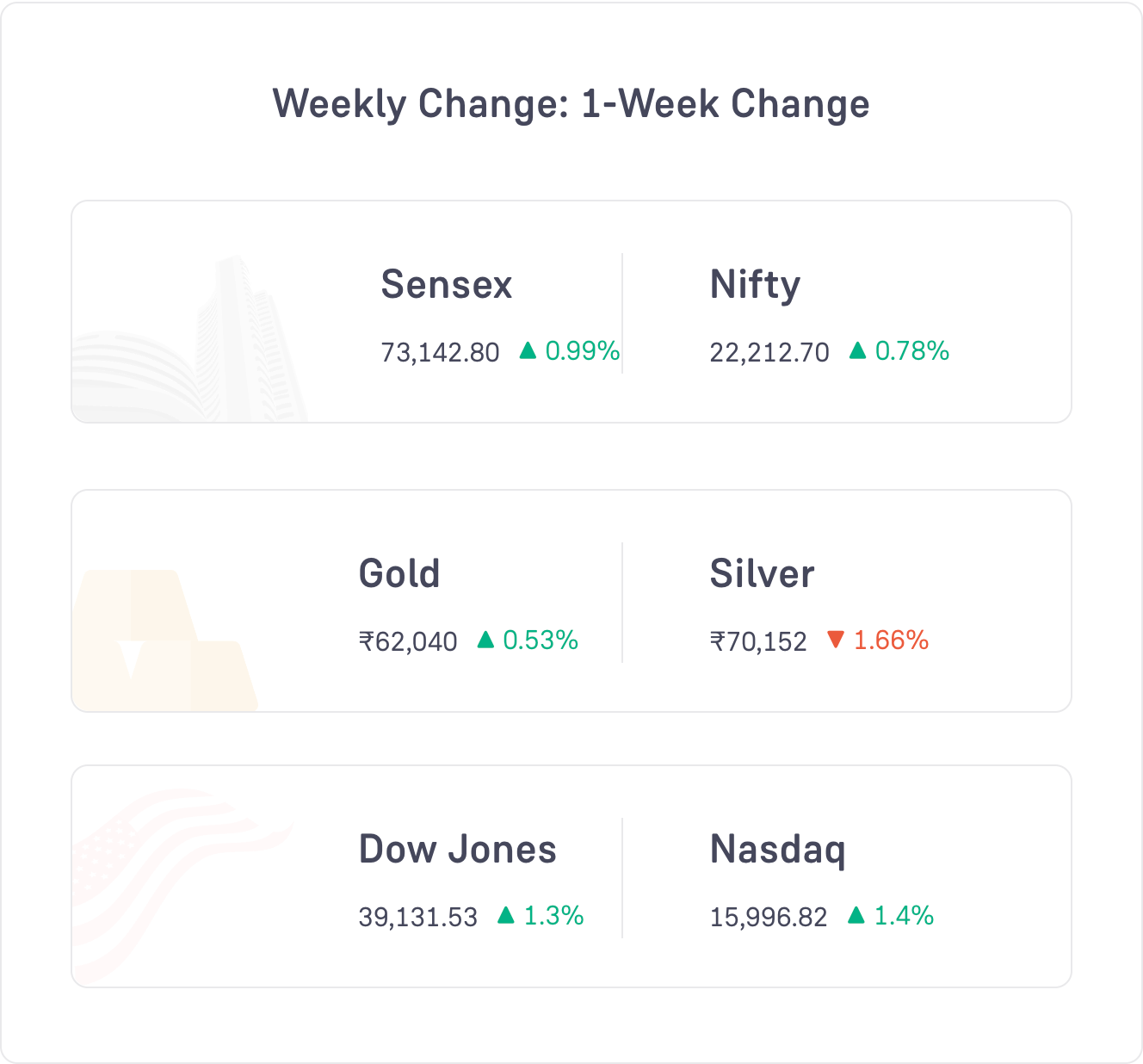In April 2014, LeeAnne was shocked.
The tap water was red-ish in color.
LeeAnne lived in Flint City (Michigan state, USA).
She had 4 children.
There were some peculiar observations.
Everyone in the house had a hair fall problem. One of them had rashes on his skin. And another of her children had stopped growing.
She was alarmed.
Let’s go back a bit.
Flint got its water from the city of Detroit. For this, they paid water bills.
Officials were worried about the bills. They were looking for cheaper options.
They found one option and started building pipelines to the new supplier.
The older supplier gave a notice period and cut water after that.
So, temporarily, Flint needed water from somewhere else.
They decided to take it from the Flint River (yes, the city and the river have the same name).
Taking water from the river was not seen as a problem. The city used to get its water from this river before 1960.
Flint City switched to river water in April 2014.
The nature of the river water was different.
The river water had bacteria. Some people reportedly fell ill.
To solve this problem, the city’s authorities added chlorine to the water. This is done in many cities across the world.
But this gave birth to another problem.
In Flint City, many pipelines were made of lead. The lead pipes were rusted from the inside.
This was not a problem: the rust prevented lead from mixing in the water.
But when they switched to river water, the higher level of chlorine cleaned the rust up – this was why the water turned red-ish.
And then, lead started mixing with the water.
The metal lead is harmful to humans – above a certain limit.
LeeAnne’s family’s problems – hair fall, rashes, stunted growth, etc – were actually happening because of lead poisoning.
She was not alone.
Many residents from the city complained about similar problems.
Hearing complaints from many citizens, the city decided to test the water. They collected samples and sent them to labs.
The results came in: the lead in the water was within safe limits.
The authorities asked the people to ‘relax’.
But the problems did not go away. The sheer number of people complaining was too high to ignore.
The citizens took the matter into their own hands.
Many bought testing kits and sent water from their homes to testing labs.
The lab reports said the lead in the water was dangerously high.
How is that possible? Why did the city declare the water safe?
Averaging.
In Flint City, many areas have old pipes – made of lead.
And many areas have newer pipes – not made of lead.
When testing, they should have measured water from the areas with lead pipes.
Turns out, they did not know where the lead pipes were. So they randomly took samples from many areas.
Some samples contained very high lead. Some samples contained zero lead.
Average that. You get a low number.
So the water was said to have low levels of lead.
Crossing the River
This story demonstrates this quote well – “never cross a river that is 4 feet deep on average”.
These words have been recently made popular by author NN Taleb.
The idea is this: someone says a river is 4 feet deep on average. Most people are more than 5 feet tall. So, crossing such a river should be okay.
But the catch is this – 4 feet deep on ‘average’.
The actual depth of the river can be much lower as well as higher than 4 feet in different parts.
It could be 1 foot deep in certain parts and 7 feet deep in other parts. The average depth is still 4 feet.
But the maximum depth is 7 feet. Enough to drown most people.
We should not ask for the average depth of the river. We should ask for the maximum depth of the river.
In critical situations like life & death, total loss of money, etc., we should consider the maximum risk – not the average risk.
(Of course, this entire analogy assumes that we do not know how to swim).
In Personal Finance
In personal finance, this concept is vital.
When we plan our finances, many of us take the average inflation rate.
In India, the average inflation rate is around 5-6%.
But there are years when the inflation has been as high as 12%. And some years, it has been as low as 1% also.
Such years can break our financial plans.
We must account for such fluctuations. It won’t be a smooth 5-6% every year.
In fact, even inside that, the rate of inflation is different for medical expenses, education, cost of living, etc.
Medical inflation and education inflation have historically been much higher than average inflation rates.
Imagine someone investing and saving for their children’s higher education assuming an inflation of 6% but the inflation in education turns out to be 15%!
Similarly, when we invest, we have to plan for some of our investments doing poorly in some years – even though over a long period, it might turn out fine.
Investment in shares and equity mutual funds shows this very clearly.
In some years, the returns are very high. Some years, they are negative.
The average of both kinds of years are the returns we actually get.
Both, investments and inflation behave like the river’s depth – there are shallow and deep areas.
Planning for only the average can ruin all our plans.
Inflation and returns are 2 areas where this concept applies well.
Can you think of other areas where this applies as well?
The illustrations used above are made using an AI tool (DALL-E).
Quick Takes
+Nvidia crossed Meta's record by achieving a single-day market value increase of $277 billion.
+India's crude oil imports stood at 21.39 million metric tons in Jan, highest in 21 months.
+The Indian government has allowed 100% Foreign Direct Investment (FDI) for satellite component making companies.
+Fair and remunerative price of sugarcane has been increased by 8% for the 2024–25 season.
+India's mineral output increased by 5.1% in December as compared to the year-ago period.
+The government has allowed traders to export 54,760 tonnes of onion to Bangladesh, Mauritius, Bahrain, and Bhutan till 31 March.
+Indian government has allowed cooperatives NAFED and NCCF to sell maize at a base price of Rs 2,291 per quintal to distilleries this year. Aim is to ensure proper supply of maize for ethanol makers.
+HSBC Group reported a 25% year-on-year increase in its profits from Indian operations. India has now replaced China as the group's 3rd largest profitable region.
+Uttar Pradesh recorded the highest number of vehicle sales in Oct-Dec 2023. Followed by Maharashtra, Gujarat, and Tamil Nadu: SIAM.
+TVS Mobility will form a joint venture with Mitsubishi Corp.
6-Day-Course
Theme of the week: things to ignore when picking stocks
We’ve reached the end of this week’s course that started on Monday.
Here’s a test you should take. Get pen and paper!
Question 1:
52-week high or 52-week low price of a stock tells us about where its stock price will be 1 year later.
-True
-False
Question 2:
We should pay close attention to what analysts and experts on news channels have to say before buying a stock.
-Yes
-No
Question 3:
A company with a small m-cap will grow faster than a company with a big m-cap.
-True
-False
Question 4:
Current market price is more important the the face value of a stock.
-True
-False
Question 5:
PE ratio is enough to tell us if a stock is overvalued or undervalued.
-Yes
-No
Answers:
Q1: False
Q2: No
Q3: False
Q4: True
Q5: No
The information contained in this Groww Digest is purely for knowledge. This Groww Digest does not contain any recommendations or advice.
Team Groww Digest







